Training the shoulders is a critical part of developing a balanced and aesthetically pleasing upper body. The shoulder joint is one of the most complex in the human body, allowing for a wide range of movements.
However, to achieve massive shoulders with fullness and shape, it's important to target all three shoulder heads: the anterior deltoid, lateral deltoid, and posterior deltoid. This comprehensive approach ensures muscle growth, symmetry, and strength across the entire shoulder.
Understanding the Three Shoulder Heads
The deltoid, or shoulder muscle, is comprised of three distinct heads that are responsible for various shoulder movements. Each muscle head needs to be exercised properly to achieve well-rounded shoulder development.
Anterior Deltoid

The anterior deltoids are located at the front of the shoulder and are primarily responsible for shoulder flexion. This muscle head is often worked out through compound exercises like the shoulder press and bench press. To specifically target this area, front delt-specific exercises are required, such as the dumbbell front raise.
Lateral Deltoid
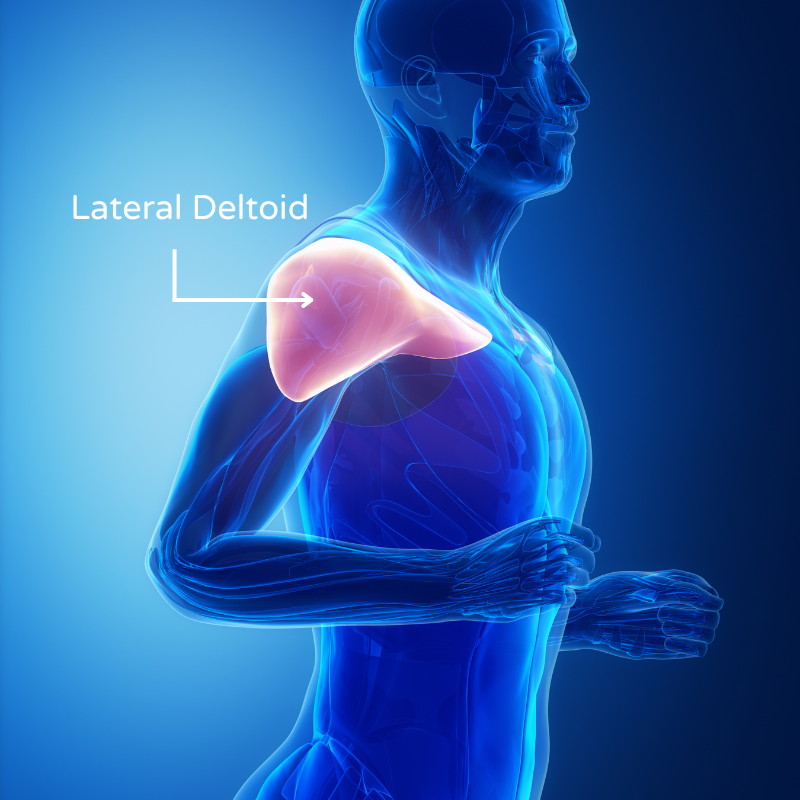
The lateral deltoid (middle deltoid) lies on the side of the shoulder and is crucial for shoulder abduction, which is the movement of the arm away from the body. The lateral raise is the go-to exercise for targeting the lateral deltoids, which is essential for achieving the desired shoulder width.
Posterior Deltoid
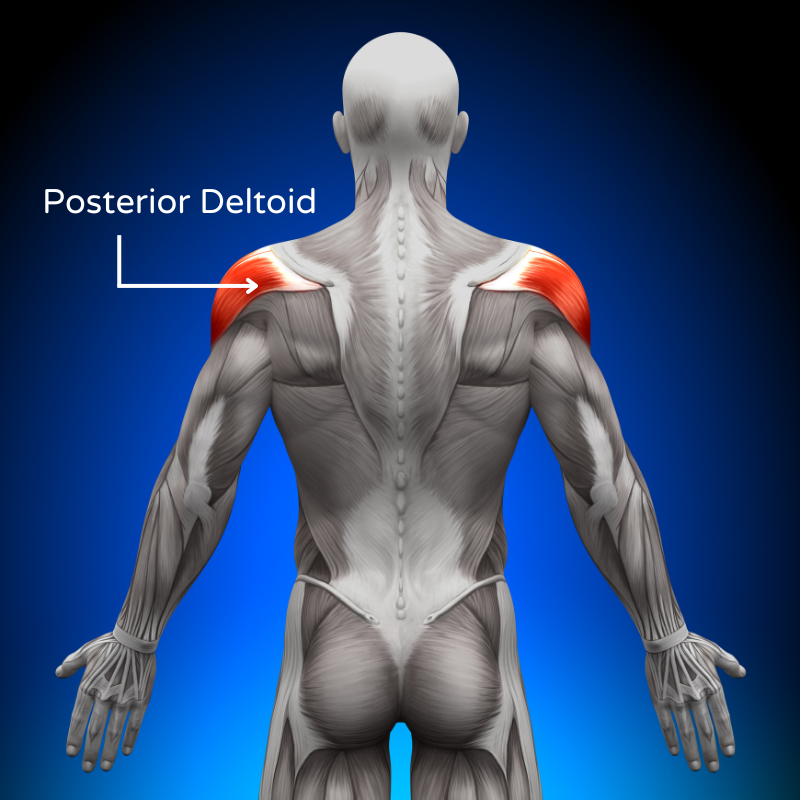
At the back of the shoulder, we find the posterior deltoid (rear deltoid). This muscle head is essential for movements involving shoulder extension and horizontal abduction and is often the most neglected in shoulder workouts. Rear delt flyes and reverse pec decks are specific exercises that effectively isolate the posterior deltoids.
Key Exercises for Each Shoulder Head
To achieve balanced shoulder development, it's crucial to incorporate exercises that target each head of the deltoid.
Front Raises for Anterior Deltoid
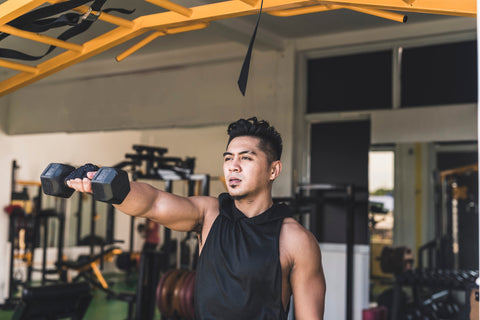
Front raises are an excellent isolation exercise for the anterior deltoids. By lifting weights straight in front of you from a starting position, you can engage these muscles effectively. This exercise can be performed with dumbbells or a barbell to add muscle mass to the front delts.
Lateral Raises for Lateral Deltoid
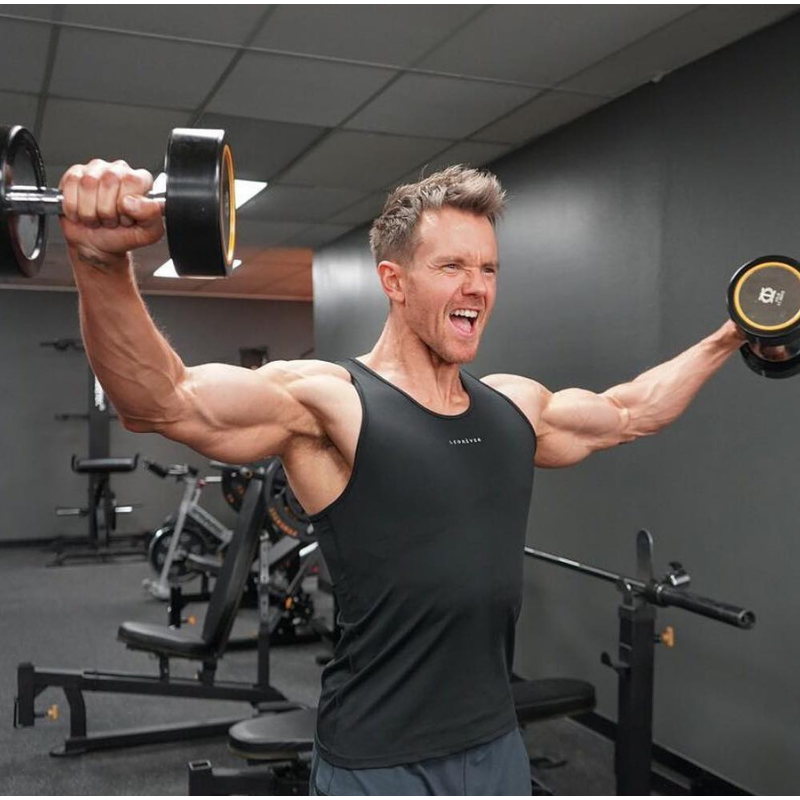
Lateral raises are the cornerstone of lateral deltoid training. This exercise involves lifting weights out to the sides, up to about shoulder height, and back down. Proper form is crucial to isolate the lateral deltoids and avoid engaging the upper traps excessively.
Rear Delt Flyes for Posterior Deltoid

Rear delt flyes target the often overlooked posterior deltoids. This exercise can be performed with dumbbells, cables, or on a reverse pec deck machine. The key is to focus on the mind-muscle connection and ensure that the posterior head is doing the work throughout the range of motion.
Powertec Workbench Multisystem for Shoulder Training
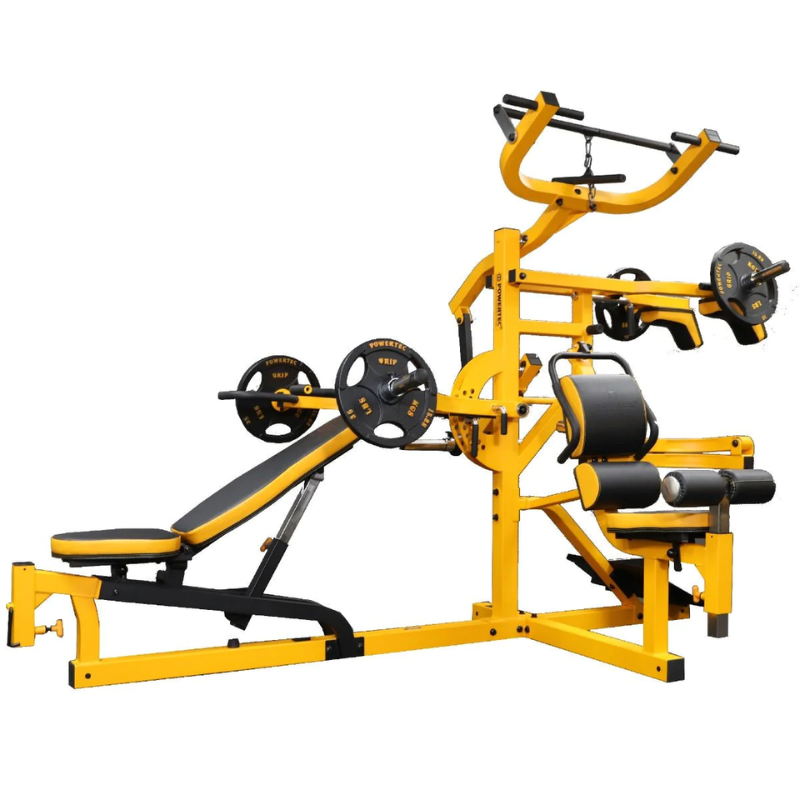
The Powertec Workbench Multisystem offers a versatile platform for engaging in shoulder training, with stations designed to target each shoulder head.
Press Station for Shoulder Presses
The press station can be used for overhead presses, which are a compound exercise that primarily works the anterior deltoids but also engages the lateral and posterior deltoids.
Adjustments can be made to target the deltoid muscles from different angles and to incorporate both the seated and overhead machine press.
Lat Station for Upright Rows
Upright rows on the lat station specifically target the lateral deltoids and upper traps. A neutral grip can be used to reduce the risk of shoulder impingement. It's important to control the range of motion to maximize the shoulder muscles' engagement.
Pec Fly Attachment for Rear Delt Flyes
The Pec-Fly attachment isn't just for chest exercises—it can also be adjusted to perform rear delt flyes. This allows for a focus on the posterior deltoids, contributing to balanced muscle development and upper body strength.
Frequently Asked Questions
How often should I train my shoulders?
The frequency of shoulder training depends on your overall fitness goals and workout routine. As a general guideline, training your shoulders 1-2 times per week allows for adequate muscle recovery, especially if you're performing compound exercises that engage multiple muscle groups, including the deltoids, during workouts.
Can I target all three shoulder heads in one workout session?
Yes, you can target all three heads of the deltoid in a single workout session by incorporating specific exercises for each muscle head. An effective shoulder workout might include a compound exercise like the shoulder press, followed by isolation movements such as lateral raises and rear-delt flyes.
How can I progress with my shoulder workouts over time?
Progress can be achieved by increasing the weight, changing the number of repetitions and sets, shortening the rest time between reps, and introducing more complex movements such as the Arnold press or overhead presses. Additionally, consistency in your workout routine and proper nutrition are key factors in muscle development and progression.
Financing Your Path to Fitness
At Powertec, we believe that achieving your fitness goals should be as accessible as possible, which is why we offer financing options to ease the burden of upfront costs.
Qualified buyers have the opportunity to benefit from financing plans extending up to 12 months, allowing for a more manageable investment in their home gym equipment.
You can start strong in 2024, building your dream fitness space while spreading the cost over time.



Leave a comment